If there is one word that gives college students and their family members persistent stress, it would have to be “increase.” During a student press conference on Feb. 27, Tania Tetlow, Fordham University President, announced that the university would once again be increasing tuition for the 2024-25 academic year. This announcement follows last year’s tuition increase of 6%. Tetlow stated in the press conference that the tuition increase would be less than 6%. Nonetheless, the topic of tuition increase is still a touchy one for students at Fordham, with many expressing discontent over having to pay more for their education. Discussions of tuition increases have not been isolated to the Fordham campus — it has become a topic of national debate. The Education Data Initiative analyzed college costs from 2010 to 2022 and found they had increased 12%. The issue has been exacerbated by the rise of inflation after the economic impact of the COVID-19 pandemic. College tuition increases impact all students in America, especially students from low-income backgrounds, who tend to be hurt the most. That is why higher education institutions and Congress should take action to address the high cost of college.
To properly understand this conversation, we must first dissect the different lenses through which we view college costs. The upfront cost of college is commonly known as the “sticker price.” The 2023-24 academic year tuition at Fordham College at Rose Hill, Lincoln Center and the Gabelli School of Business is $60,355 per year. In addition, there is a room and board charge. Rose Hill’s fees can range from $18,455 to $26,129. However, most individuals do not pay the full tuition because they receive some financial aid and scholarships. The price of college with those aspects factored in is known as the “net price.”
Let’s go back to sticker prices. Why have they increased so much? There are many reasons, but some have a more significant impact than others. One major reason is that some schools believe they can charge high sticker prices because there are wealthy customers who will pay the full price. Colleges need to have a certain amount of people paying the total price because they are spending more money than they used to. A study from the American Council of Trustees and Alumni (ACTA) published in 2021 found that colleges between 2010 and 2018 had increased spending on administrative costs by 19%. Sticker prices have also risen in public schools, which are supposed to be cheaper than private schools. These prices have increased because state legislatures across the country have decreased the amount they contribute to universities in their state. As per the National Education Association (NEA), 32 states spent less money on their students in 2020 compared to 2008. Some commentators have blamed the increase in the cost of employing professors. However, the same ACTA study referenced earlier found that instructional spending had grown by 17%, which was less than both administrative costs and student services. It would be unfair to place the blame when other factors seem to contribute more to increasing costs.
When looking at the “net prices” for college, the situation seems slightly better. Data has shown that net prices for college have actually gone down a little. However, many Americans are still spending more money than they can afford. Phillip Levine, a Wellesley College economics professor, wrote an article for the Brookings Institute about college tuition prices. He stated that students from low-income families making $40,000 face “substantial obstacles to college access” even if they try to attend a public university. As a result, many students still need to take out student loans, contributing to the continued rise of America’s national student debt, which is currently $1.727 trillion.
Colleges need to realize their sticker price tuition increases do not happen in a vacuum; they harm their perception. In July, 2023, a Gallup poll found that Americans’ trust in higher education had gone down 20 percentage points to just 36%. Some experts have stated that the increase in tuition prices probably plays a role in this. If colleges want to stop this perception, they should find ways to slow down tuition increases. Cut down on unnecessary administrative spending. When tuition increases are necessary, further increase the financial aid given to students. Congress should take Levine’s advice and double the Pell Grant to further increase access to college for lower-income students. If these tuition increases continue indefinitely with no significant action to address them, it would make the dream of a higher education out of reach for too many.
Update: After this story’s publication, Fordham’s Vice President for Enrollment, John W. Buckley, announced in an email to the student body that 2024-25 undergraduate tuition and food and housing fees would increase by 4.4%.






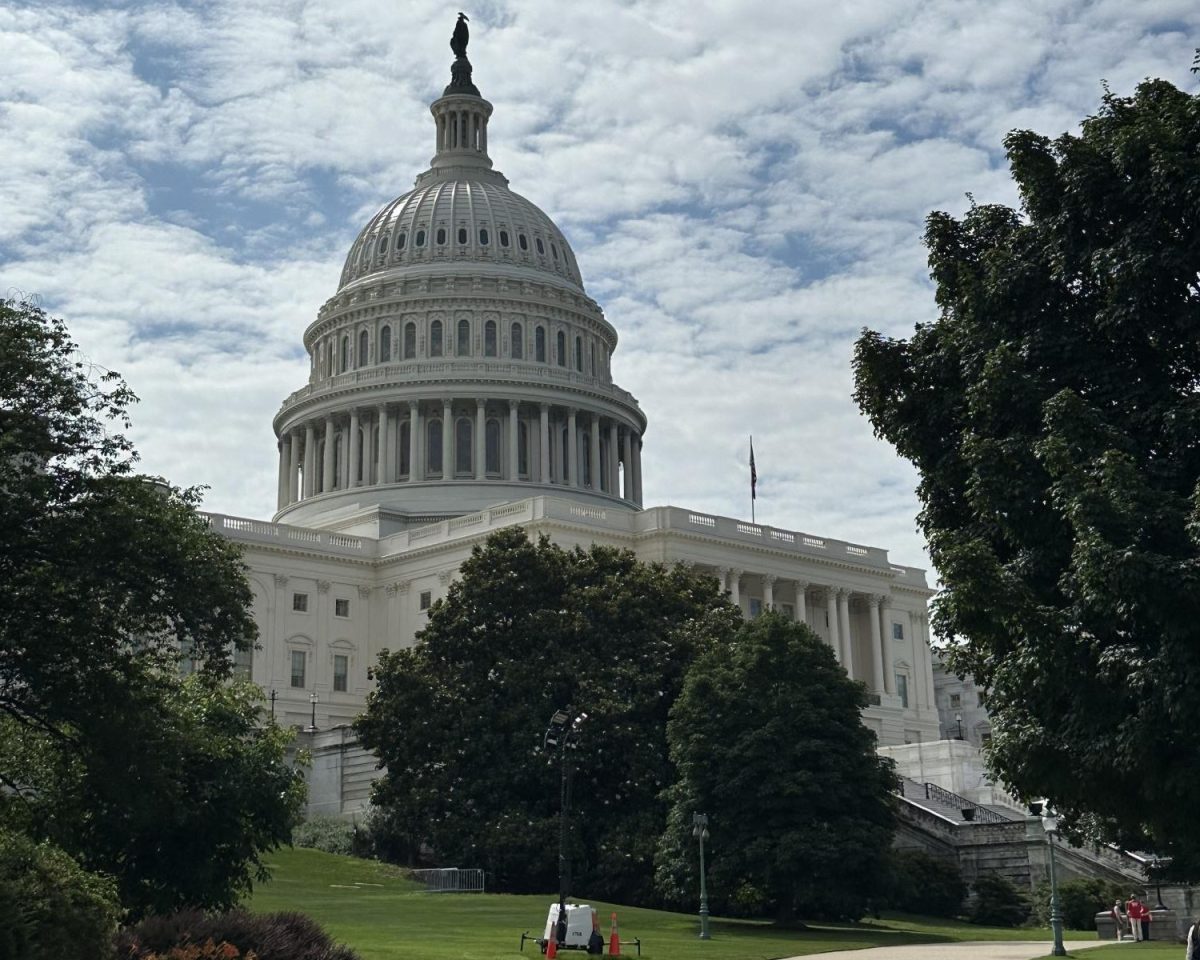









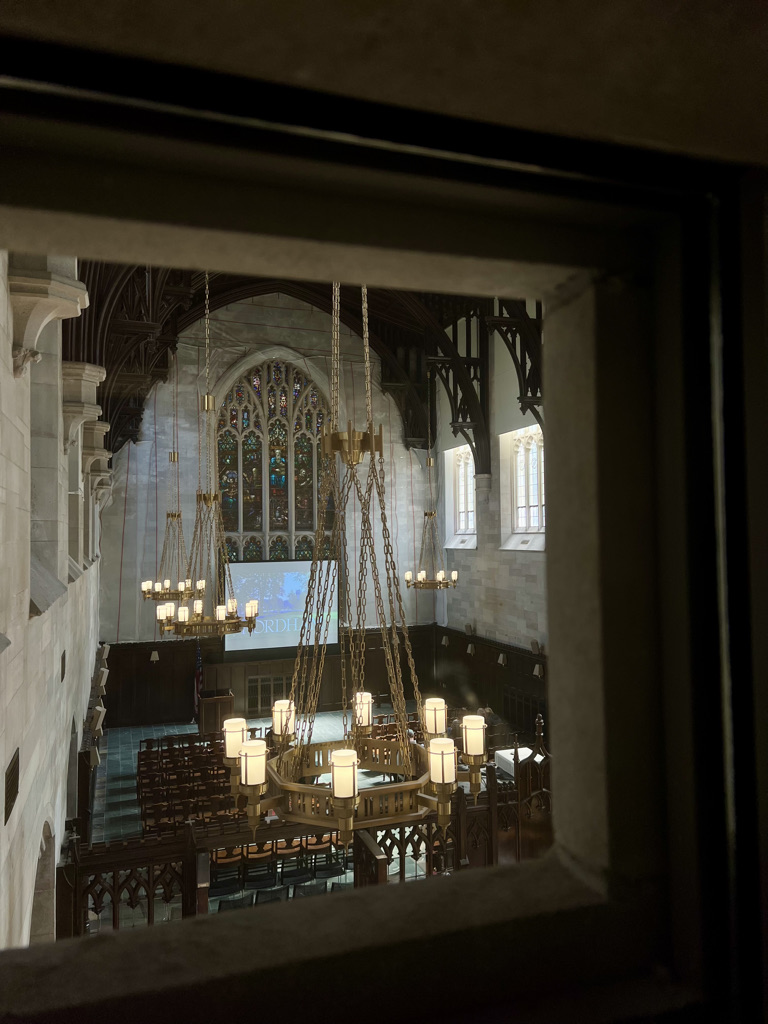

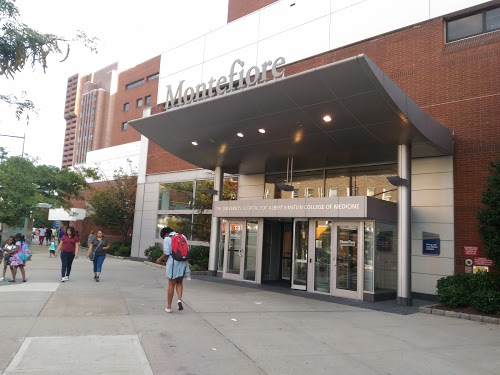






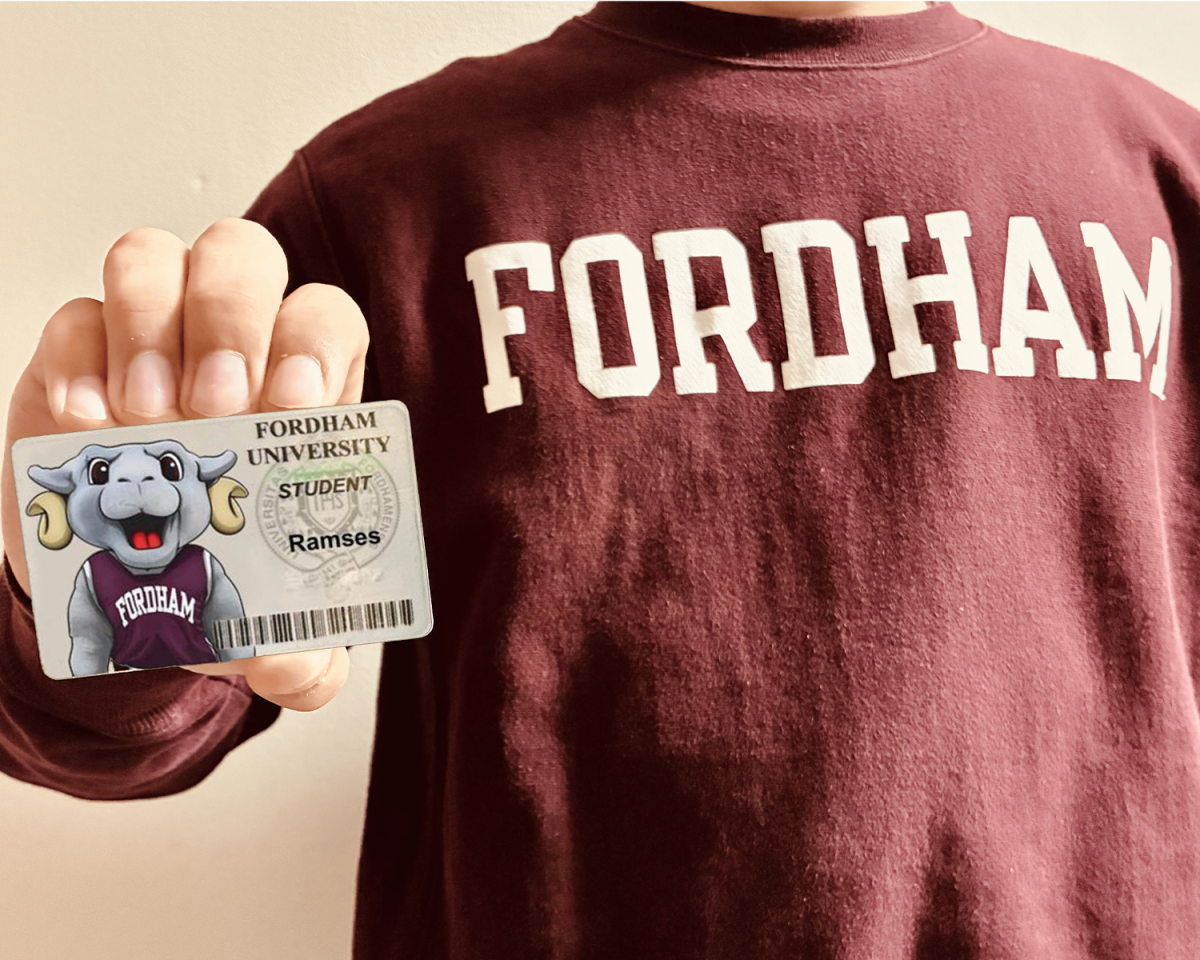



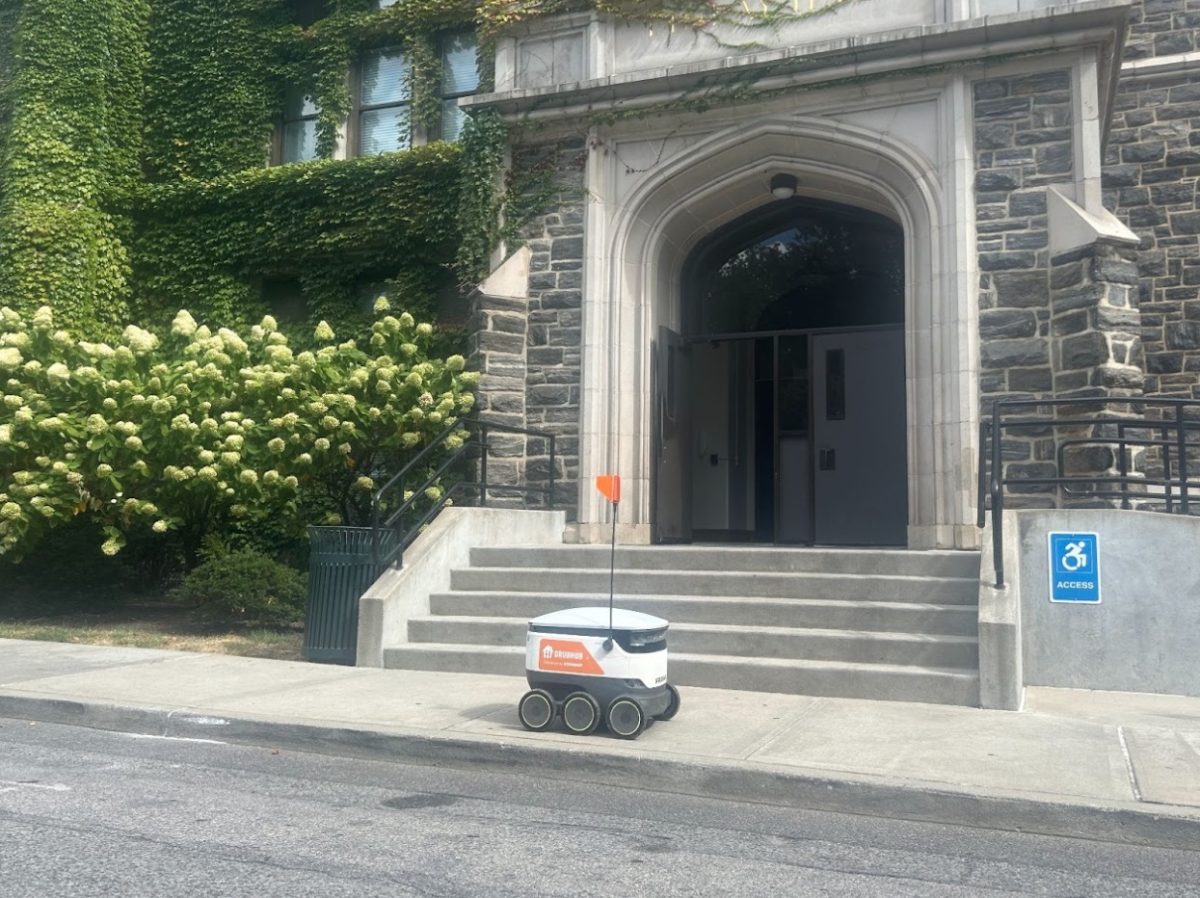









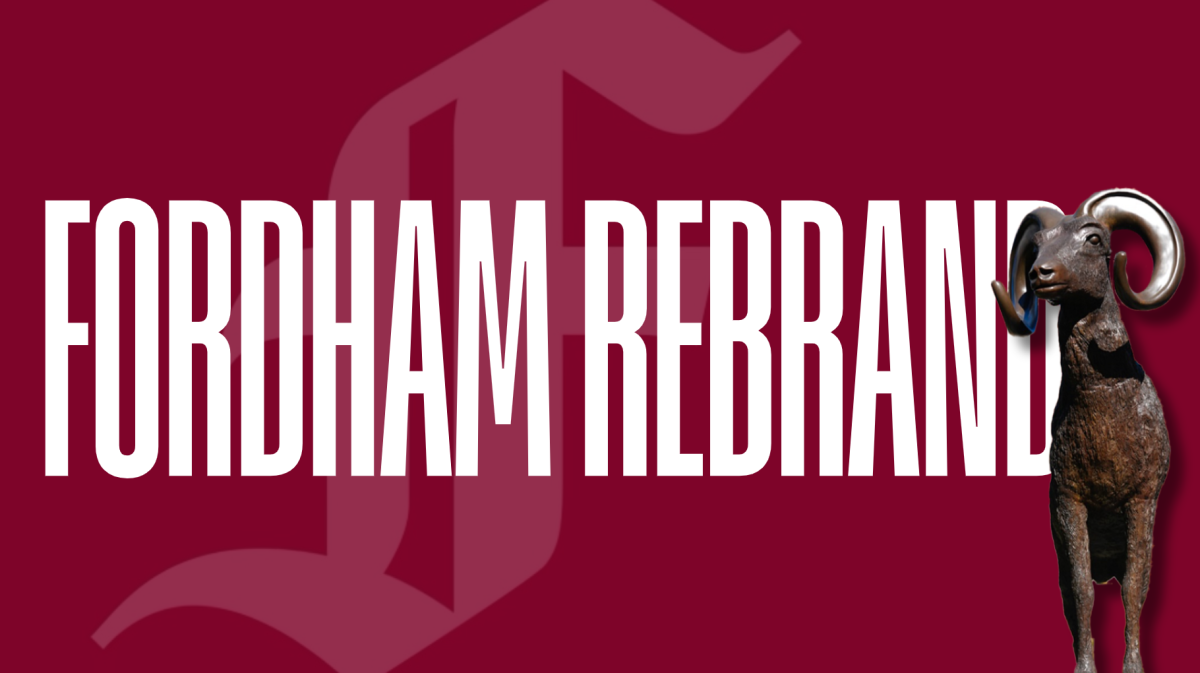
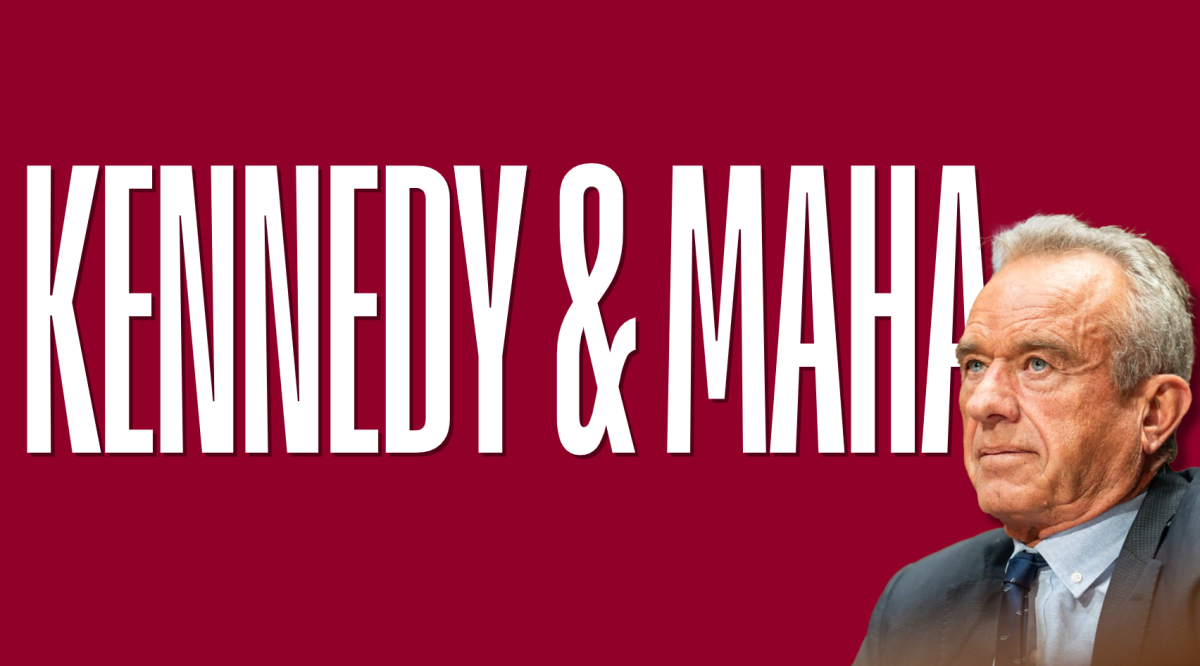

































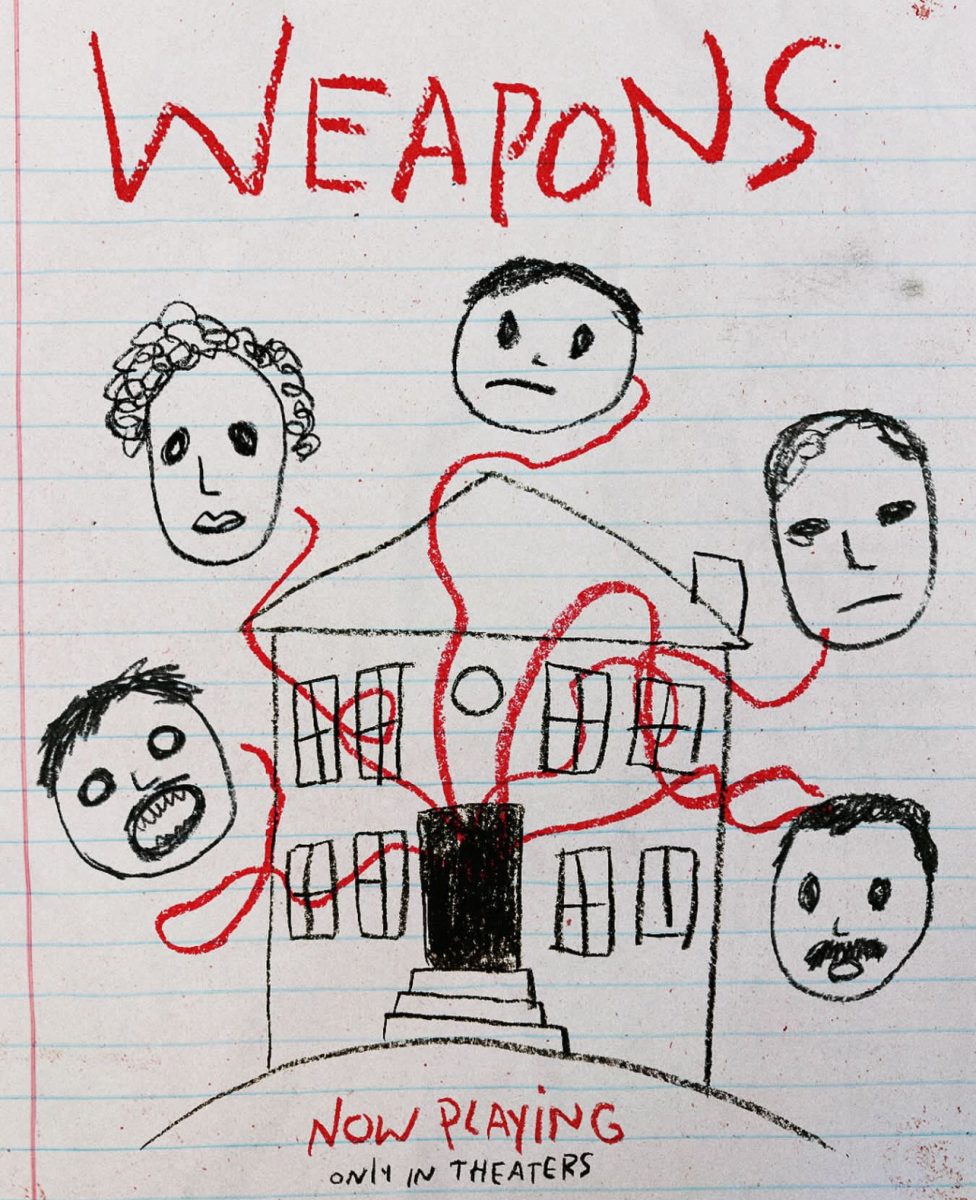




























































































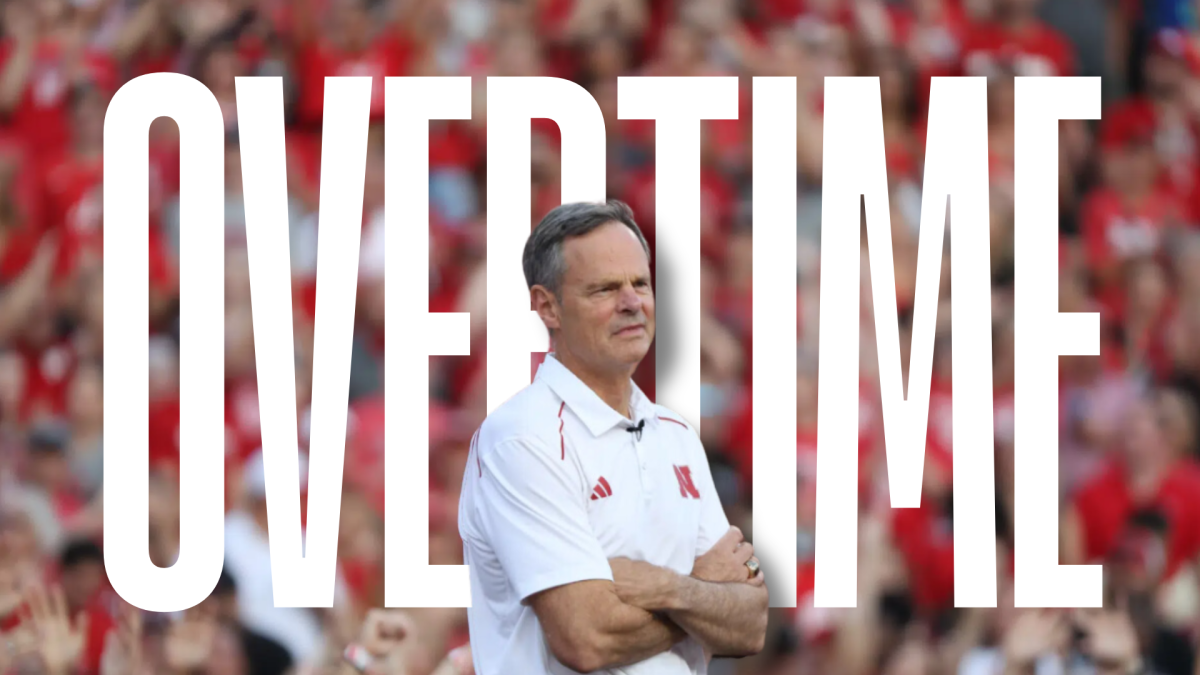

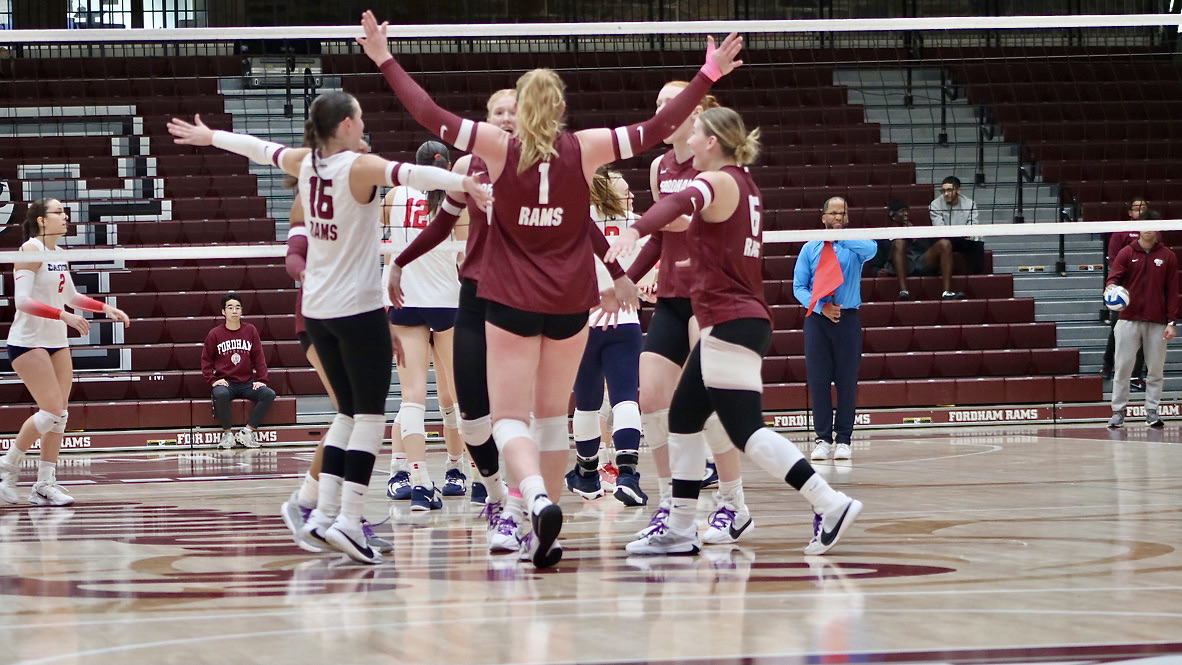


























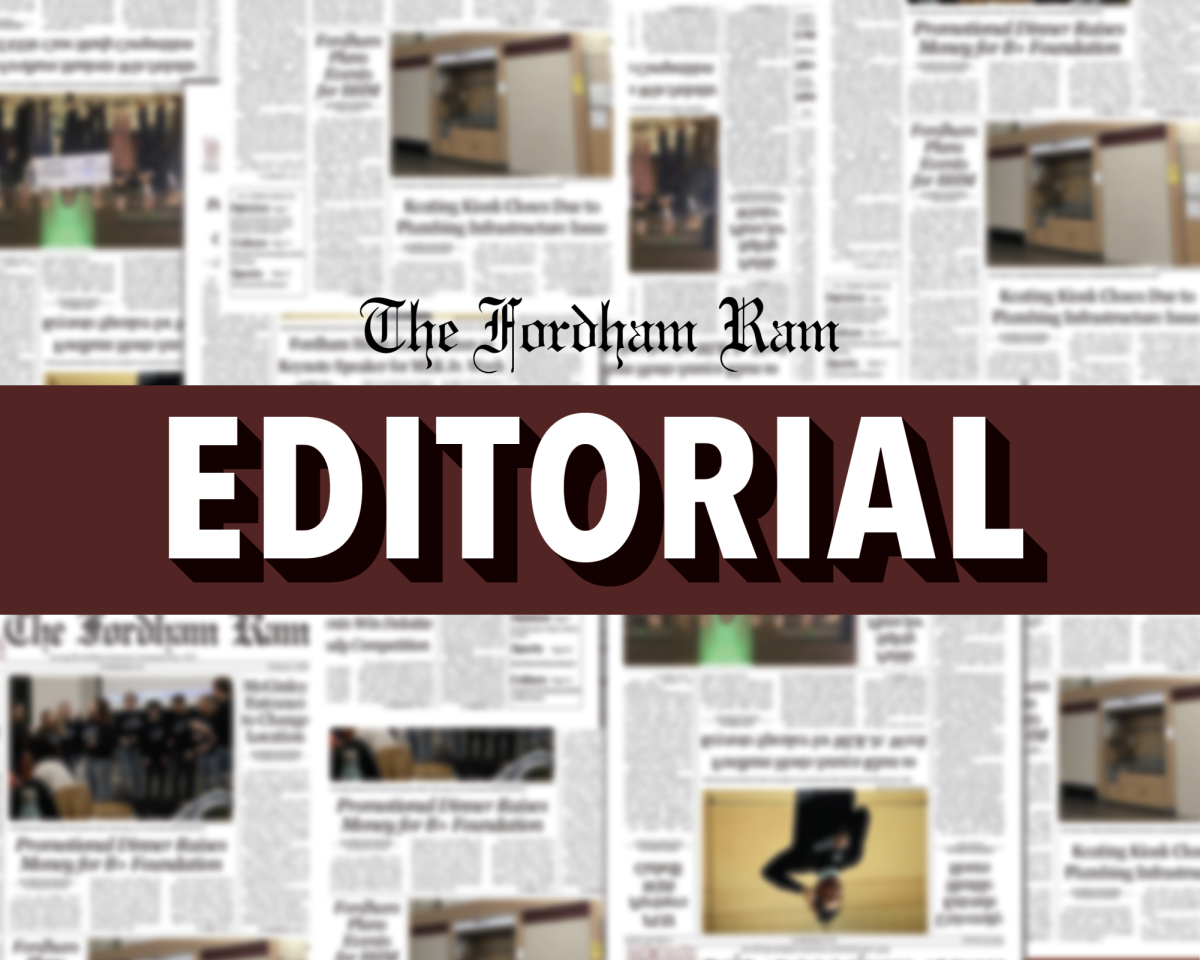
Jack • Aug 29, 2024 at 10:02 am
Gross, another increase?!? Wth